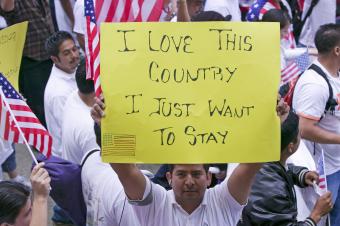DREAM Act/Deferred Action
DREAM Act/Deferred Action
Recent Activity
Articles
September 11, 2007
Dawn Konet provides an overview of the arguments for and against granting in-state tuition rates to the unauthorized in the United States, and looks at relevant legislation at the state and federal levels.
Policy Briefs
October 2006
This report discusses the major features of the proposed 2006 DREAM Act and provides MPI’s estimates of the number of young persons likely to be eligible for immigration relief if the DREAM Act is signed into law.



